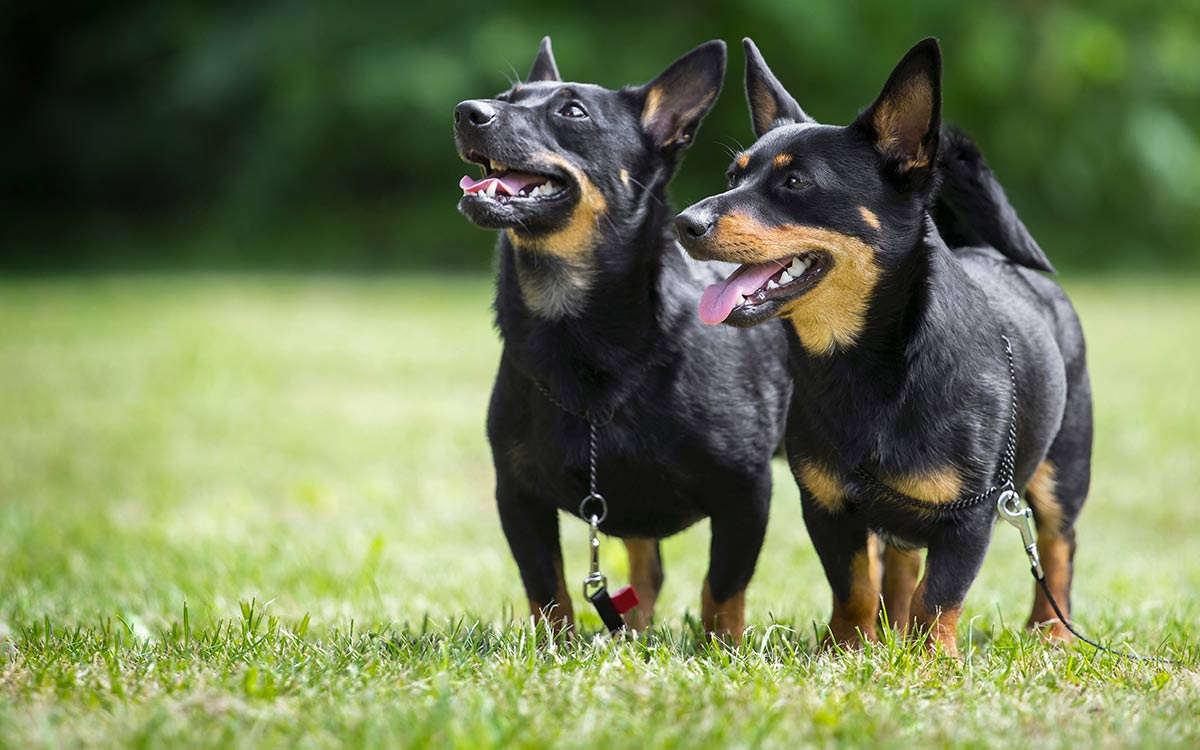
Lancashire Heeler

Image: Vera Reva/shutterstock.com
Quick Overview
| Name | Lancashire Heeler |
|---|---|
| Size | Small |
| Grooming | Easy |
| Training | Moderate |
| Exercise | Daily |
| Origins | England |
Lancashire Heeler – Ideal Smaller Companion Dog
No one is sure how the Lancashire Heeler came into being, however it is thought to have come from the Welsh Corgi and its historic use was as a drovers dog. Its small and agile build was a boon when helping drive livestock to market with it being quick enough to nip a cows heel and agile enough to avoid the ensuing kick, perhaps this is where its name came from? Its size also meant that it didn't get in the way at the market and of course it was a pretty accomplished ratter, making it a bit of a utility dog.

Image: Vera Reva/shutterstock.com
The breed gained Kennel Club recognition in 1981 and it has had its own club since 1978. Sadly there are not a lot of Lancashire Heelers around and they are listed as vulnerable by the Kennel Club with only 112 being registered in 2018. Hence if you decide to have one as a pet, do consider getting at least one litter of puppies from it, or offering a male for stud. Anyway, conservation issues aside, do they make good pets?
Well we would put them down as slightly challenging. They may be small but being bred for droving they instinctively love to run around and play and have boundless energy. If you live in a flat, are not particularly energetic yourself, or work every hour god sends then you may want to consider an alternative. Similarly, if you have very young children a Lancashire Heeler is probably not a good choice. They are also not always easy to train and are prone to bouts of wanderlust, so don’t leaver the door open! They are somewhat prone to weight gain too so lots of exercise and a little discipline on the treat side is needed if you want to avoid an obese pet. They are also not that fond of strangers so if you have a vibrant social life with frequent visitors you may end up with a stressed pet or a bitten guest.
We may not have over sold them with the above comments, however for the right person they do have some big positives. Firstly, they are pretty low maintenance on the grooming front. A good brush once a week and an occasional bath will keep them looking spick and span. They also don't seem to ail much and are quite long lived with in excess of 10 years being the norm. If you have allergies the fact that they don't shed much is a bit of a bonus too. They will bond quite well with their owners and other family members and are relatively tolerant of other dogs.
If you have time to spend with them, like a good walk yourself and have a bit of a yard or garden for them to play around in (well enclosed of course) then this could be your ideal small dog.